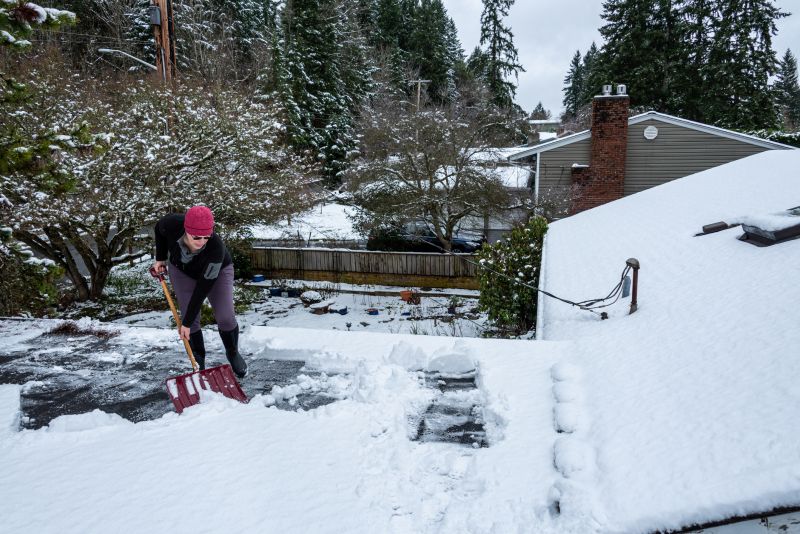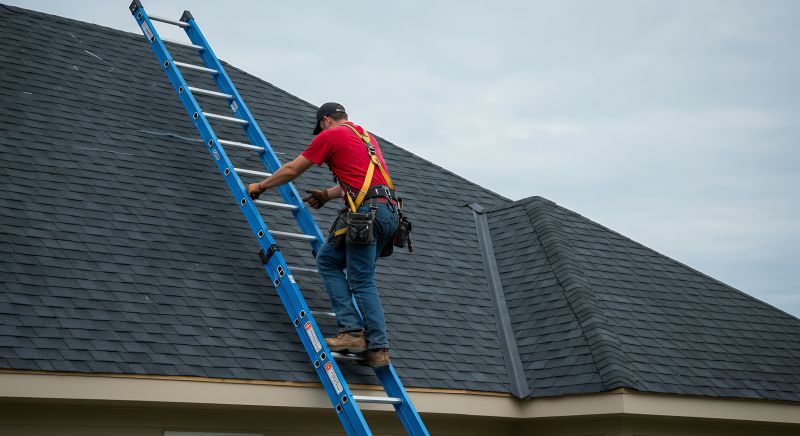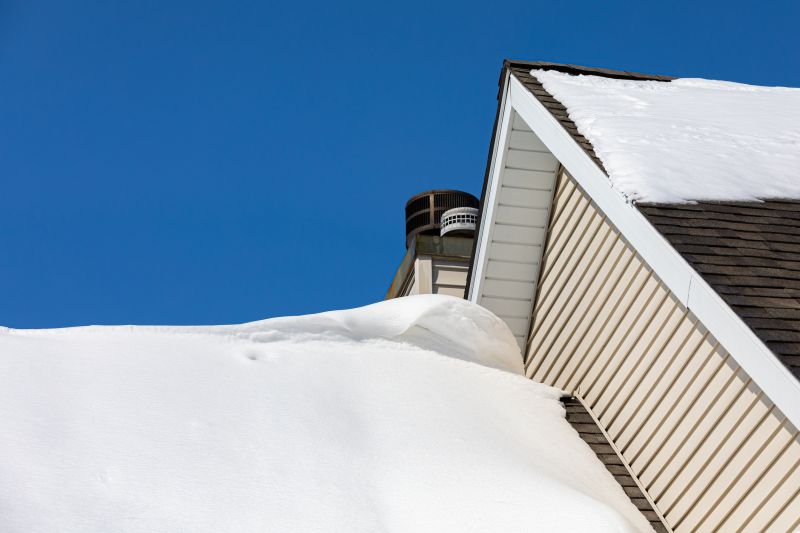Optimal Timing for Roofing Services
Scheduling roofing services at optimal times ensures better results and minimizes disruptions. The most suitable periods typically depend on weather conditions, temperature, and humidity levels, which affect the quality and durability of roofing work.
Spring offers moderate temperatures and longer daylight hours, making it ideal for roofing projects. Weather tends to be more predictable, reducing delays.
Summer provides warm weather and ample daylight, but high temperatures can affect roofing materials and working conditions.
Fall features cooler temperatures and dry weather, which are favorable for roofing installations and repairs.
Winter poses risks of snow, ice, and freezing temperatures, which can hinder roofing work and compromise safety.

Spring is a popular time for roofing due to mild weather and longer days.

Summer offers extended daylight hours but requires caution due to high temperatures.

Fall provides cooler temperatures and dry conditions suitable for roofing projects.

Ways to make Roofing Service work in tight or awkward layouts.

Popular materials for Roofing Service and why they hold up over time.

Simple add-ons that improve Roofing Service without blowing the budget.
| Season | Optimal Conditions |
|---|---|
| Spring | Moderate temperatures, predictable weather |
| Summer | Warm weather, longer days, caution needed for heat |
| Fall | Cooler temperatures, dry weather |
| Winter | Potential snow and ice, freezing temperatures |

Timely repairs prevent further damage and extend roof lifespan.

Proper season selection enhances installation quality.

Regular inspections help identify issues early.

Choosing the right materials depends on seasonal conditions.
Interested in scheduling roofing services? Filling out the contact form provides an opportunity to discuss project timing and requirements. Proper planning ensures the best results and durability for roofing investments.
